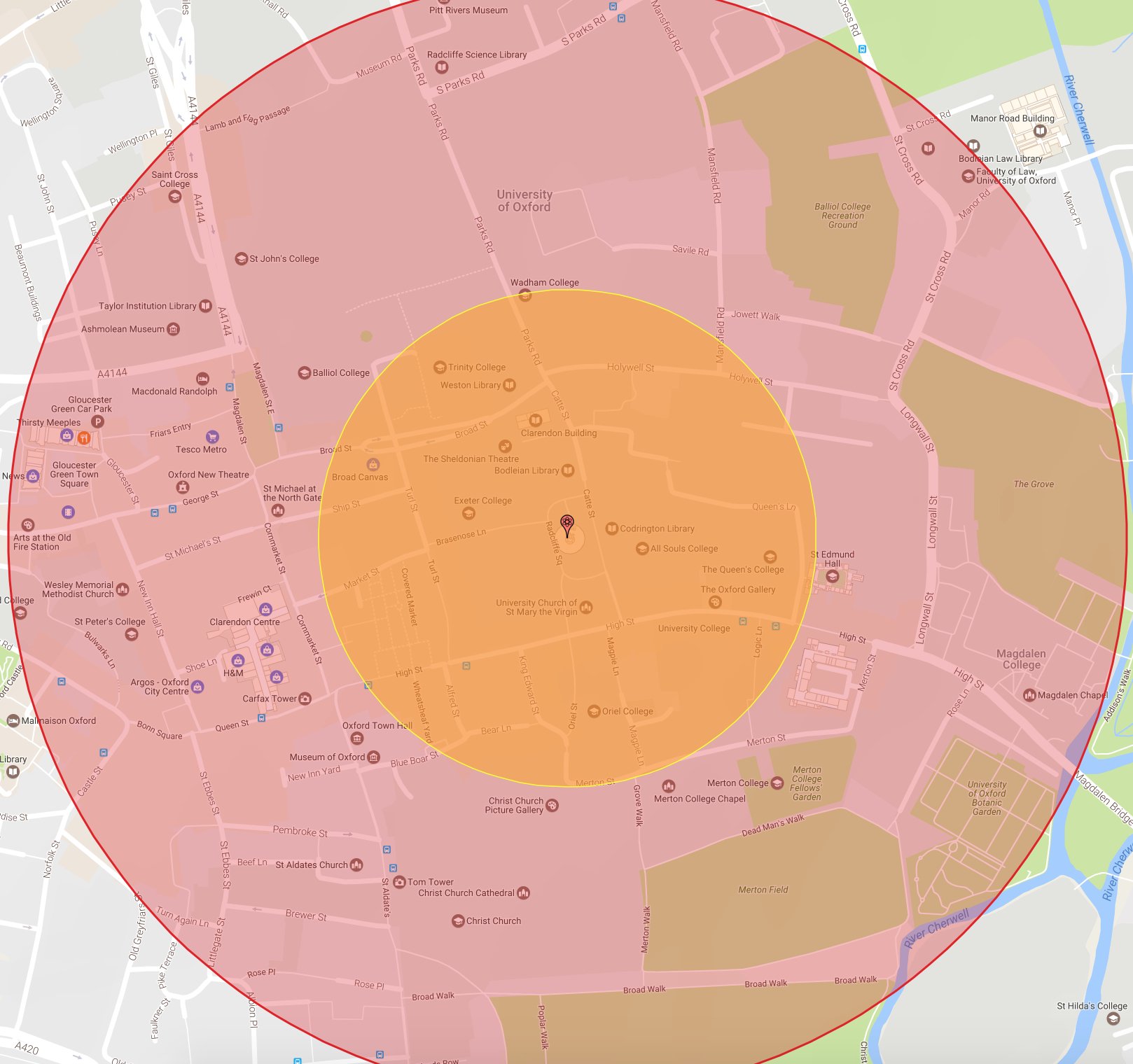From sticks and stones to nuclear bombs, it’s common to find that with most advancements in technology, there is some advancement in weaponry. No case is more prominent than nuclear weapons – weapons so devastating that they have never ceased to leave the public eye. The destruction demonstrated by nuclear weapons have captivated the world in decades of paranoia, plaguing public perception of all things nuclear.
To an extent, this fear could be said to have kept large-scale war at bay between developed nations. However, questions are now being asked of proliferation as the actions of unpredictable states grow increasingly menacing. What devastation could a nuclear weapon bring?
The development of the first nuclear weapons begins with the discovery of nuclear fission in 1938. Fission was experimentally found to be induced by neutrons hitting nuclei of heavier atoms – Lise Meitner and Otto Frisch first theoretically modelled fission like a raindrop being split into two by an incoming neutron. Energy arising from fission can be thought of as arising either as the energy from the mass difference of the products and reactants, or as the energy of the repulsion between the two nuclei formed from fission.
It took the discovery of chain fission reactions to take energy from fission from the atomic scale to significant energies. With a critical density of certain isotopes of Uranium, it was found that a self-sustaining fission reaction can be triggered as neutrons released from fission go and induce further fission reactions in other nuclei, repeating the process and releasing incredible energy along the way.
Scientists were quick to recognize the potential of weaponising the fission process, but it would take the collective effort of a generation’s greatest scientists to develop and produce a first-of-its-kind nuclear fission bomb through the now infamous Manhattan Project. The technological challenges were incredible and diverse, but the Manhattan Project scientists were exceptional – over two dozen had won or would win the Nobel Prize through their careers.
The Manhattan project would produce two archetypal designs of the atomic bomb and three detonated warheads: plutonium fuelled implosion mechanisms found in the ‘Fat Man’ and ‘the Gadget‘ bombs, and Uranium fuelled gun-type mechanisms in the ‘Little Boy’ bomb.
Gun-type A-Bombs work by shooting together two sub-critical radioactive bullets to increase their combined density past the critical point for nuclear fission. Implosion bombs work by placing a radioactive core surrounded by explosions that are focused like a lens to uniformly compress the core till it reaches critical density.
On the 16th of July 1945, the Gadget became the first Nuclear device to ever be detonated. It yielded a 20 kiloton (kt) explosion that rained hell on the New Mexican desert. To gauge the power of 20kt, if dropped over the Radcliffe Camera today, the image below predicts the scale of the impact.

To get a sense of context, the largest bomb detonated prior to the Trinity tests was the modestly named Grand Slam bomb, clocking in at the equivalent of 6.5 tonnes of TNT. The Gadget was over 3000 times more powerful.
And so, the nuclear rat race began. Superpowers developed their nuclear technologies to greater and greater heights, until in 1952 the USA broke through with the first ever thermonuclear weapon, the first H-bomb.
Kilotons became megatons as the H-bomb revolutionized warfare once more. The breakthrough came through the genius of Edward Teller and Stanislaw Ulam, architects of the Teller-Ulam configuration that is still thought to be the prevalent mechanism for H-bombs today.
Details of the Teller-Ulam configuration are strictly confidential – probably for the best – and so the exact mechanism of H-bomb is hard to come by. The general Teller-Ulam design of the H-bomb involves two separate stages – a primary fission bomb and a secondary fusion device.
The primary stage involves the detonation of a fission implosion bomb close to the fusion device. With fission bombs, a part of the energy is released as radiation. The H-bomb contains a special casing that reflects this radiation into the fusion device. The combination of the radiation, heat, and pressure from the fission reaction induces nuclear fusion to occur in the fusion device.
Nuclear fusion is the same process that powers the Sun – roughly, it involves the process of lighter elements binding their nuclei together. For lighter elements, the individual protons and neutrons have a greater mass than the combined nucleus. It’s this mass difference that is the source of the energy produced by fusion.
The largest H-bomb ever detonated recorded an exceptional yield of 50 megatons, an aggressive brag during the days of the cold war. However, modern nuclear weapons tend to lie within the 100-500 kt region with any more energy deemed inefficient and mostly unnecessary in times of war due to their lack of manoeuvrability.
Large nuclear weapons may still have a place in the modern day – from reinventing space flight to saving our earth from potential asteroid threats, the real challenge lies in whether we can trust ourselves to develop the technology for good. The development of the nuclear energy must involve rigour and thorough safety considerations – essential to heal decades of public distrust.
Robert Oppenheimer, leader of the Manhattan project, famously proclaimed that “physicists have known sin” – it’s time we start utilising the incredible potential of the technology for the good of humanity over the destruction of it.


